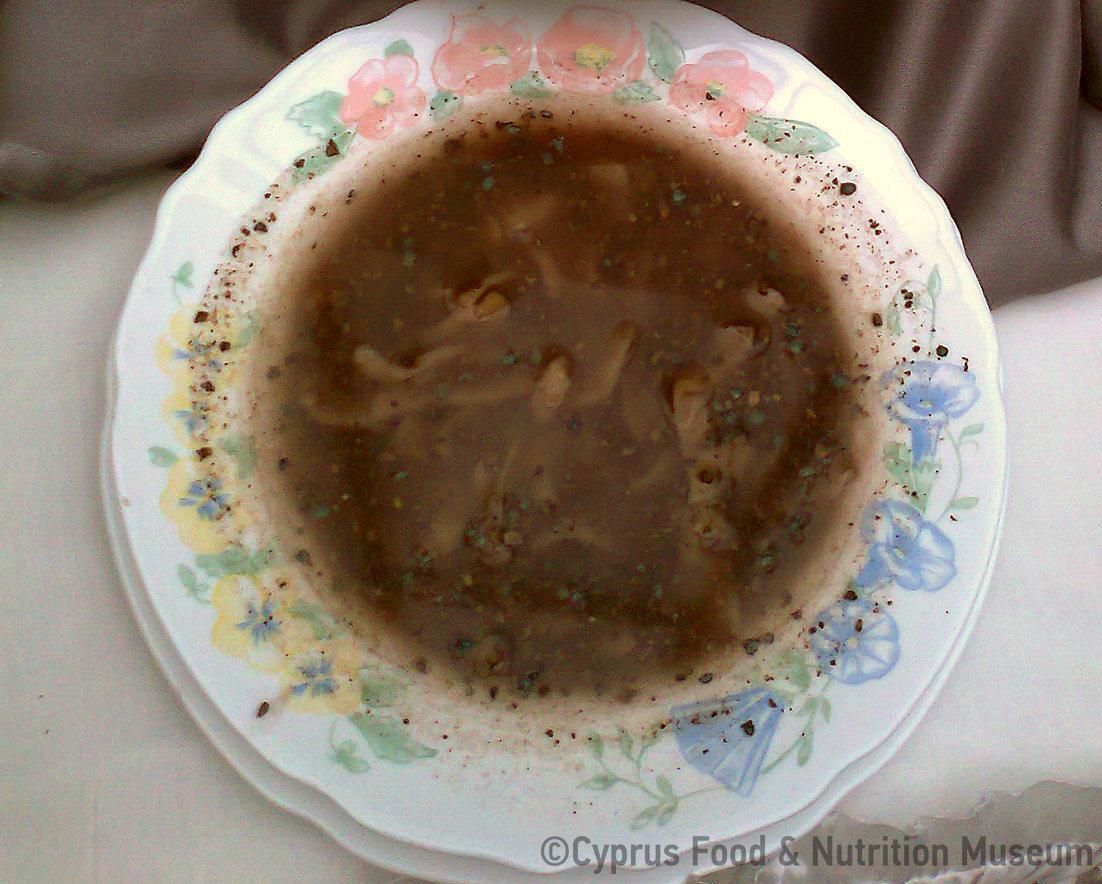Paphitiki pissa (or tremithopissa) is made from resin of the tremythia tree (Pistacia terebinthus or Pistacia atlantica, subsp. Cypricola).
Name - Origin
Paphitiki pissa (or tremithópissa) is made from resin of the tremithia tree (Pistacia terebinthus or Pistacia atlantica, subsp. Cypricola). It is hard with a strong characteristic resin taste.
Resin is collected from the grooves of the trunk of the terebinth tree, it is filtered very slowly (1-2 days) through a sprig of thyme and 'trimintina' is collected, which is heated until it is liquified. It is, then, filtered again through a cloth and placed into a container containing a bit of cold water, so that it cools down and can be worked with (Panaretos A., 1979). Trimintina is is worked thoroughly by hand, piece by piece, for about half an hour until its colour changes from yellowish to white. The pieces of gum are placed on a clean, damp cloth for 24 hours to cool/ dry and then they are wrapped in greaseproof paper
Functional and symbolic role
Paphitiki pissa is used solely for chewing like the common chewing gum. According to sources, it was formerly intended for female use (Sakellariou A., 1855).
Additional information and bibliography
The centre of production of Paphitiki pissa was the Turkish Cypriot village Lemba in Paphos (Panaretos A., 1979). This gum was also produced in the neighbouring villages of Tala and Kissonerga, where tremithos was thriving. The main gum producers were Turkish Cypriots. After the bicommunal riots in 1963, Turkish Cypriots abandoned their villages and further to a reduction in the number of terebinth trees, gum production ceased. Today, the resin is imported. The centre of production of Paphitiki pissa is Geroskipou, in Paphos district where local craftsmen still follow the traditional method of production.
Sakellariou AA. (1855). Τα Κυπριακά, vol. 1, ΙΩ Angelopoulou Publications, Athens.
Panaretos A. (1979). Η πίσσα της Πάφου. Λαογραφική Κύπρος, 9:26:53-54.
Ministry of Agriculture , Natural Resources and Environment, Department of Agriculture (2010).Gastronomic Map of Cyprus, Press and Information Office, Nicosia.
Stalo Lazarou, Antonia Matala, Demetra Demetriou

